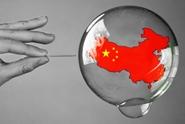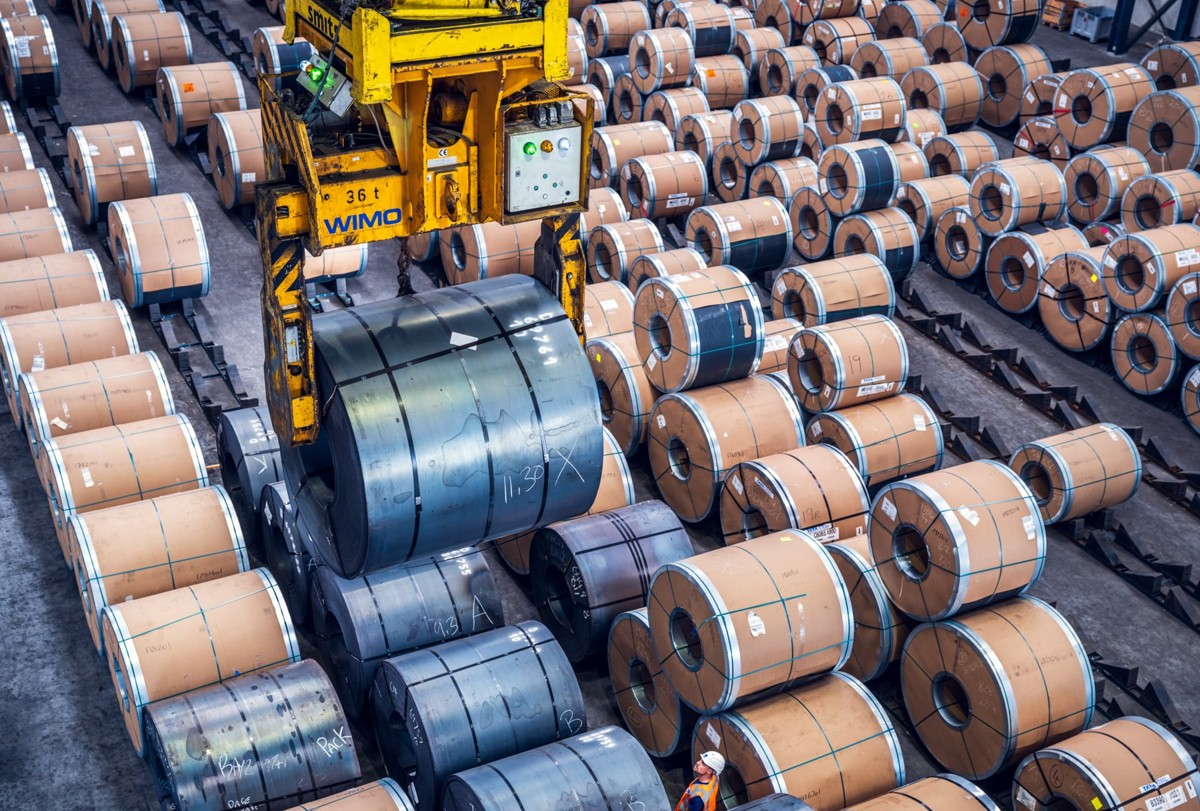Overseas

December 13, 2016
China Steel Mills Being Forced Back to High Grade Ore
Written by John Packard
Steel Market Update received the following information about the Chinese steel market through one of our trading sources located in Taiwan. Our source is a very active trader in China trading iron ore, steel and equipment with the Chinese steel mills. Here is some new information about the Chinese steel mills:
Things are more complicated in China than some traders make them out to be, such as “Search down and punish mills” on the report as well as Government’s success on reduction of capacity which is a Grey area. People need to look deeper to understand vs just making statements.
On the Environmental issue, this affects many aspects of pricing in China these days. Let’s try to make some real sense here….
![]() Firstly, it is correct that the government has made closures, mostly on EAF mills, plus some mills, third tier mini mills have gone bust, plus 1-2 second tier integrated mills, but those mills are bankrupt due to poor mismanagement. Those closures and bankrupt mills have reduced capacity by about 20 million MTS.
Firstly, it is correct that the government has made closures, mostly on EAF mills, plus some mills, third tier mini mills have gone bust, plus 1-2 second tier integrated mills, but those mills are bankrupt due to poor mismanagement. Those closures and bankrupt mills have reduced capacity by about 20 million MTS.
Secondly, On pricing/costs, when large integrated mills purchased their equipment, they took loans from the State Owned Banks (Government), and some mills paid 40/50% for the installment of the equipment and balance on loan from the Banks over a period of 10-15 years. The Environmental equipment was based on usage of low Sulphur, low emission Ore from Brazil, Australia etc.., but with raw material price increase, these mills are buying domestic low grade Ore with High emissions at a discounted price over imports.
The Government is now intervening on those mills mandating they switch back to High Grade Ore or they will have repercussions on the equipment loans outstanding. So question is, what do you John?? Simple answer, pay the price for the imported Ore and increase product prices and be forced to reduce capacity due to reduction in orders. Other mills are being forced to pay up and upgrade their existing environmental equipment and this adds to production costs.
Nothing is right on allocation from the mills John, just the fact they are being forced to reduce Capacity output due to above reasons.
In the short term, prices will remain solid, but Coal and Coking coal prices are expected to plummet in 2017 to around 110/mt for Coking Coal or less which is a huge drop from the current 250-265/mt level. Ore will follow suit.







